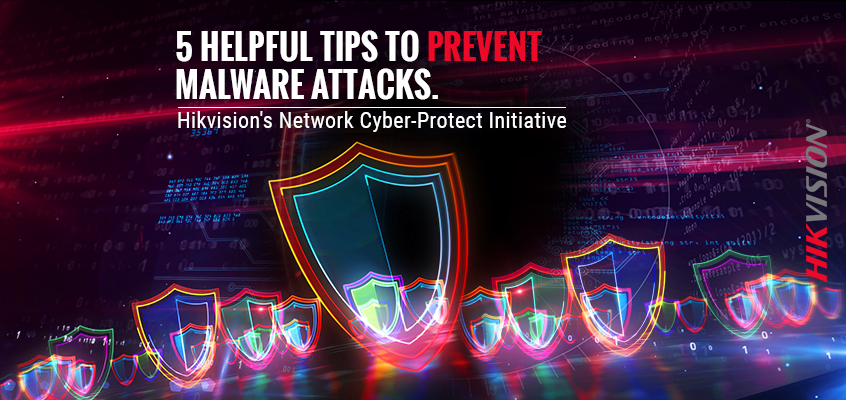Security Magazine Outlines ‘Cybersecurity Trends,’ Hikvision Offers Tips to Reduce Risk

As the year closes, it’s important to know current trends in cybersecurity and what to watch out for in 2023. A recent article in Security Magazine discusses the leading cyber risks and trends in 2022. There are 8 trends in total and Hikvision has several tips to help you reduce your risk.
Malware on-the-rise was the first trend noted. This also includes spyware and ransomware and still poses the highest costs in damage to organizations. In this blog, Hikvision lists 5 helpful tips to prevent malware attacks.
There was also a rise in ransomware attacks in 2022. Ransomware has grown into the most common and visible threat, but security teams are getting better at defending against these attacks. Read more about 4 tips to protect yourself from ransomware attacks in this Hikvision blog.
Other cybersecurity risks and trends from the article include:
- Remote code execution: These attacks can give the attacker complete control of the compromised machine.
- Attack surface expansion: These attacks have grown more prevalent and sever with hybrid working models on the rise.
- Digital supply chain risks: The importance of security teams and risk management leaders prioritizing digital supply chain risk has grown.
- Cybersecurity mesh: Cybersecurity mesh architecture helps CISOs respond better to future risks.
- Zero Trust: Teams must implement zero trust measures to ensure the organization’s workforce does not become an attack surface of its own.
This blog provides more information about zero trust and includes a link to the Hikvision Zero Trust white paper. Hikvision also has an extensive amount of resources located in the online cybersecurity center for your benefit.
Learn more about these risks and trends to be more prepared going into 2023.
